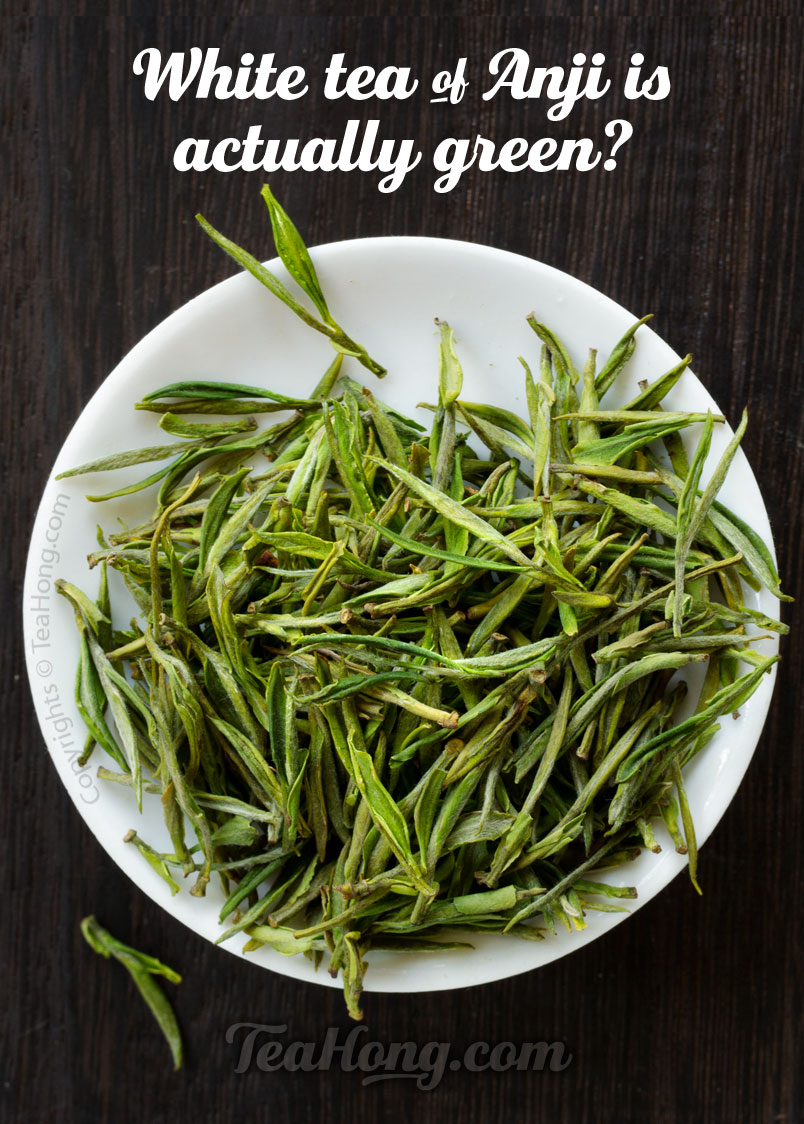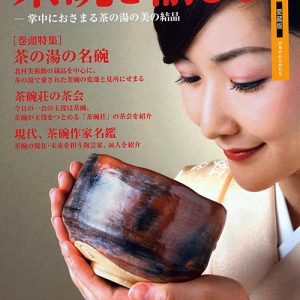Tagged: maturing-puer, puer, tea-selection
- This topic has 3 replies, 4 voices, and was last updated 9 years, 8 months ago by
Longjing 43.
-
AuthorPosts
-
-
2014.08.18 at 10:35 pm #8654
pancakes
ParticipantI’ve posted before long ago asking about different grades of pu’er, but I’m also curious about some of the different types I have seen. For example:
1. Golden needle pu’er is supposedly larger than Gongting (imperial grade), but also good quality. Are these made following a different processing method?
2. Many pu’er teas are based around the concept of being from “ancient trees.” The leaves seem to be larger than usual, and a little less processed looking?
What are your takes on some of these phenomena?
Personally, I don’t care all that much about grades or fancy names as
long as pu’er has good qualities like richness, fullness, and warmth. Yet, I know that these names must indicate something or another, so maybe it’s good to learn about them.My experiences are limited to brick teas (e.g. Menghai Dayi 7562) and imperial grade pu’er (Master Zou’s Shu Cha and some others). I’ve also tried some “raw pu’er” (not aged significantly), which I thought was unpleasant to say the least.
-
2014.08.18 at 11:51 pm #10289
CHAWANG
Participantraw puer is good only when vv fresh and vv good quality. i like it for aid digestion.
gold needle puer only different in rolling shaping. to make it look nice. also different tea tree from gong ting puer. their tea tree mix with fujian tea tree for softer taste. so softer and sweeter, but not as deep taste in gong ting.some real ancient tree, some only the yunnan large leaf type of later picking. so tea leaves not so young. yunnan large leaf is tougher leaves so more difficult to roll. many from mountain areas. ppl there are not so skilled and not so equipment for correct processing tea nicely. raw puer (mao cha) comes like that. -
2014.08.21 at 10:25 am #10291
ICE
ParticipantI agree with you pancakes. Many raw puer selections I have tried were quite unbearable in taste. However, I think CHAWANG is right too, I did go around sampling fresh raw puer of higher qualities and the taste can be delightful. However, I have to warn those who want to try that, especially women with not so strong stomachs, as also in my case, to drink with restrain. The headache and stomach upset can last two to three days if over-drunk.
Shu puer does have that problem for me. In my experience, “golden” tips etc do not always mean better taste. I do find the taste in smaller leaf size depletes a bit faster than larger ones, given the same level of quality. Some good quality selections from “famous mountains” can be very good, but not always. I think some are too much over priced. Famous mountain shu puer types do look loosely twisted, but I have found that how twisted or neat looking the are has nothing to do with taste. Same for small leaf types. I guess there are many things working together to result in quality.I have to also mention that the sheng puer “raw reserve” in Tea Hong is a great shu kind of raw tea. It has the complexity of raw puer and the milder character and darker color of shu tea and at low price. It is an exception in my experience. -
2014.08.27 at 8:25 pm #10292
Longjing 43
ParticipantThe famous mountains has very many old trees for high class material for making into puer tea cakes. Taste is much deeper than ordinary tea leaves. When you brew raw puer, always use high class quality and do not brew so long in the beginning for better taste. Also when good old tea tree tea leaves are made into shu puer, the taste is more different and deeper. There is high mountain music 山韻 in taste. Ordinary tea leaves not in comparison
-
-
AuthorPosts
- You must be logged in to reply to this topic.










